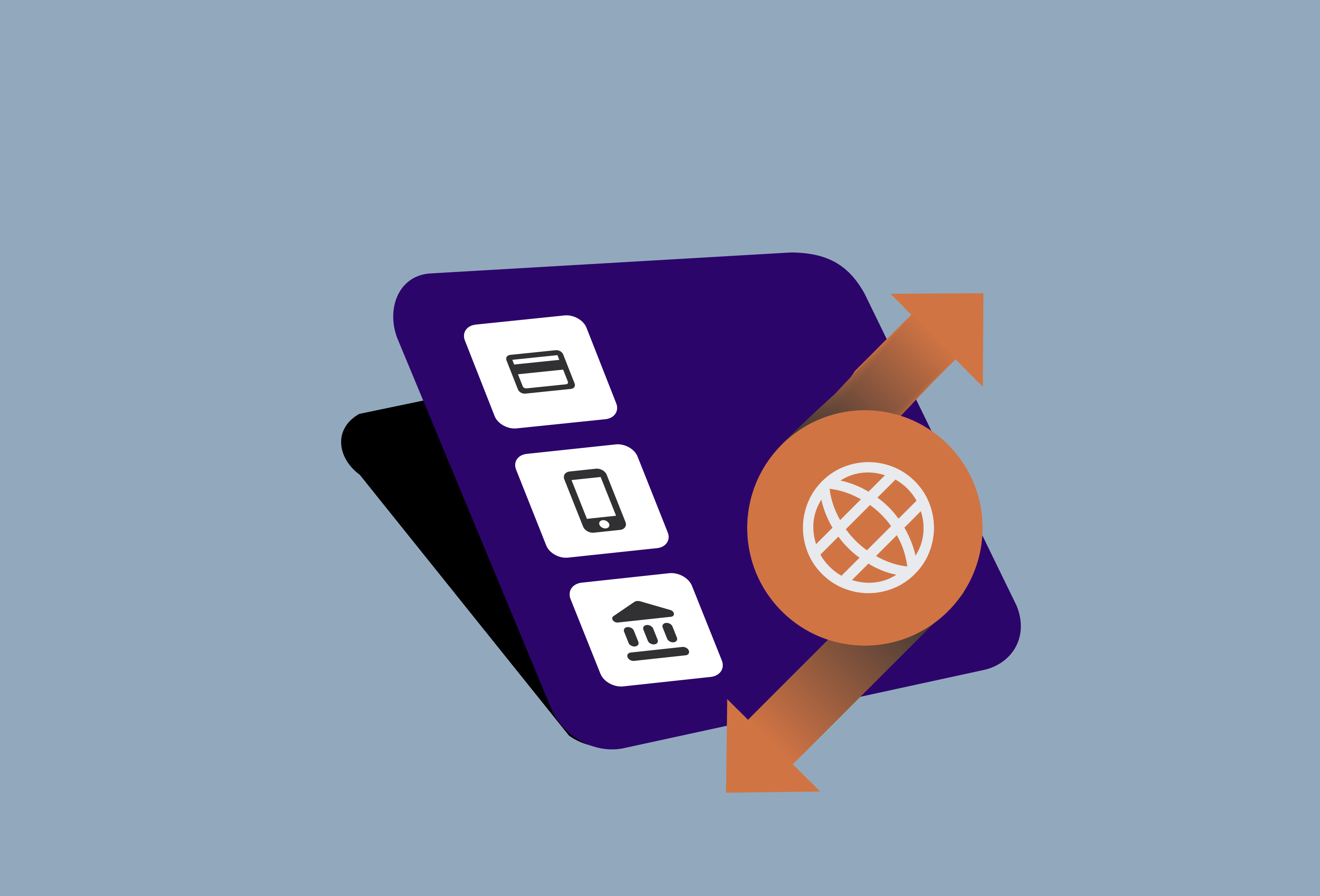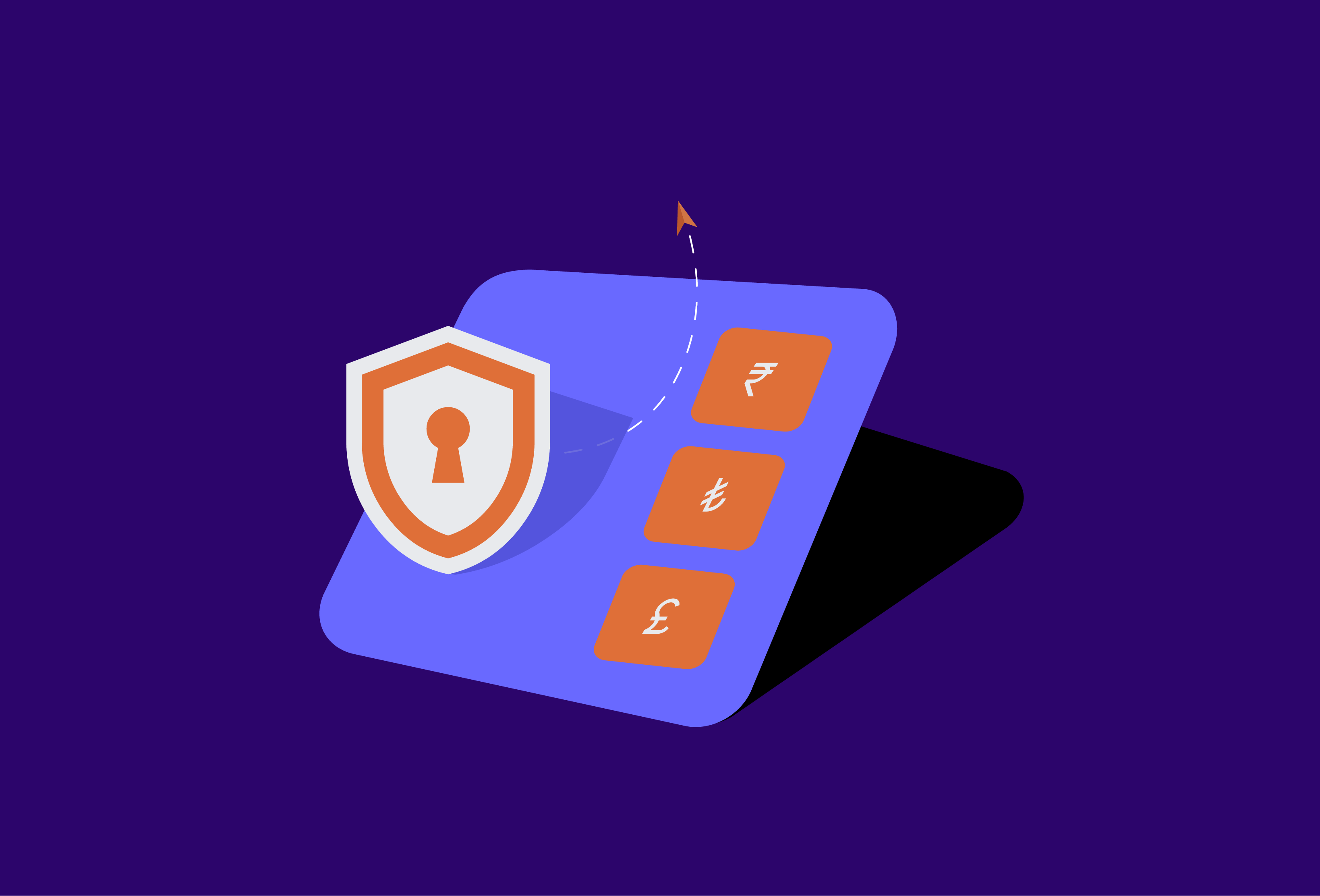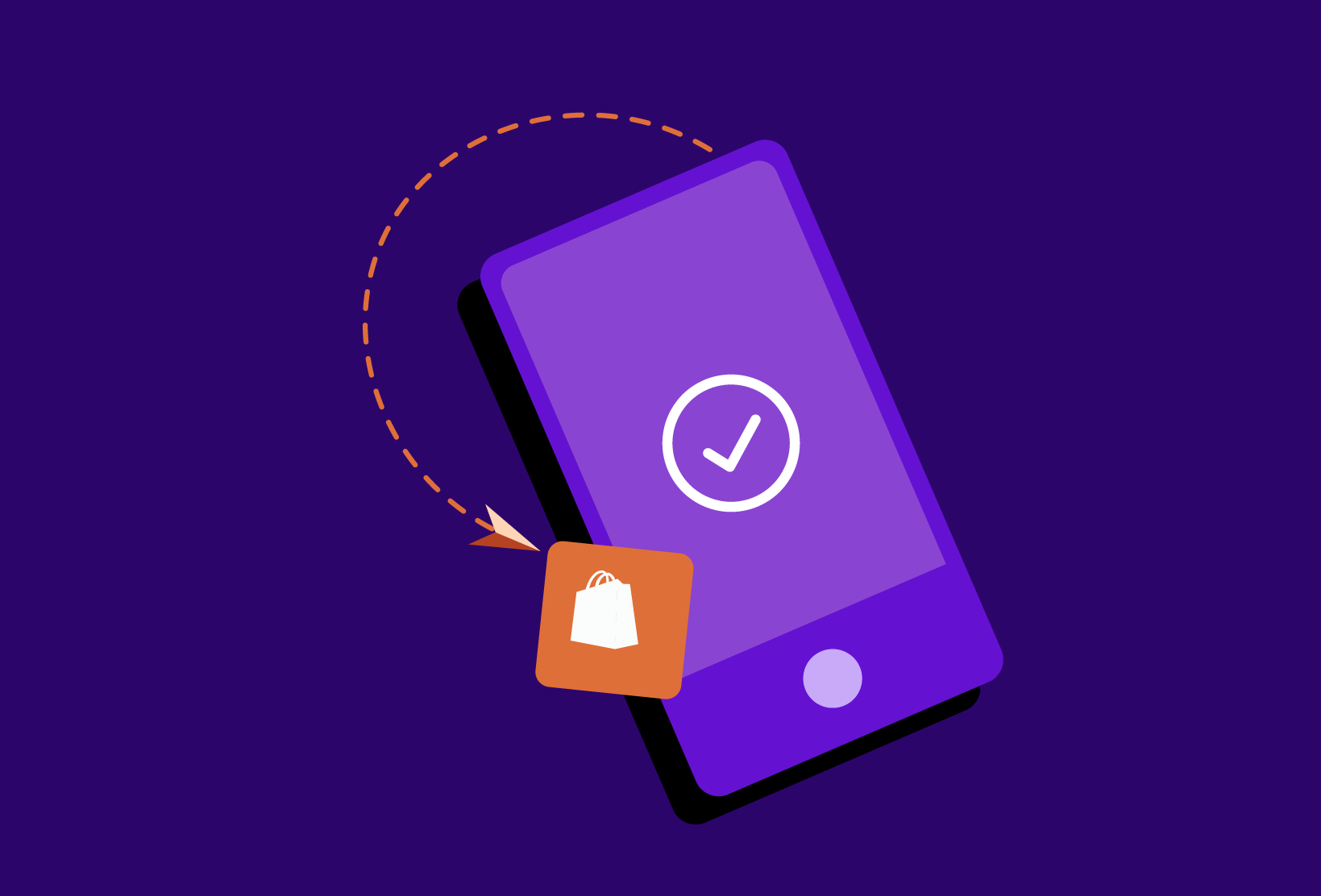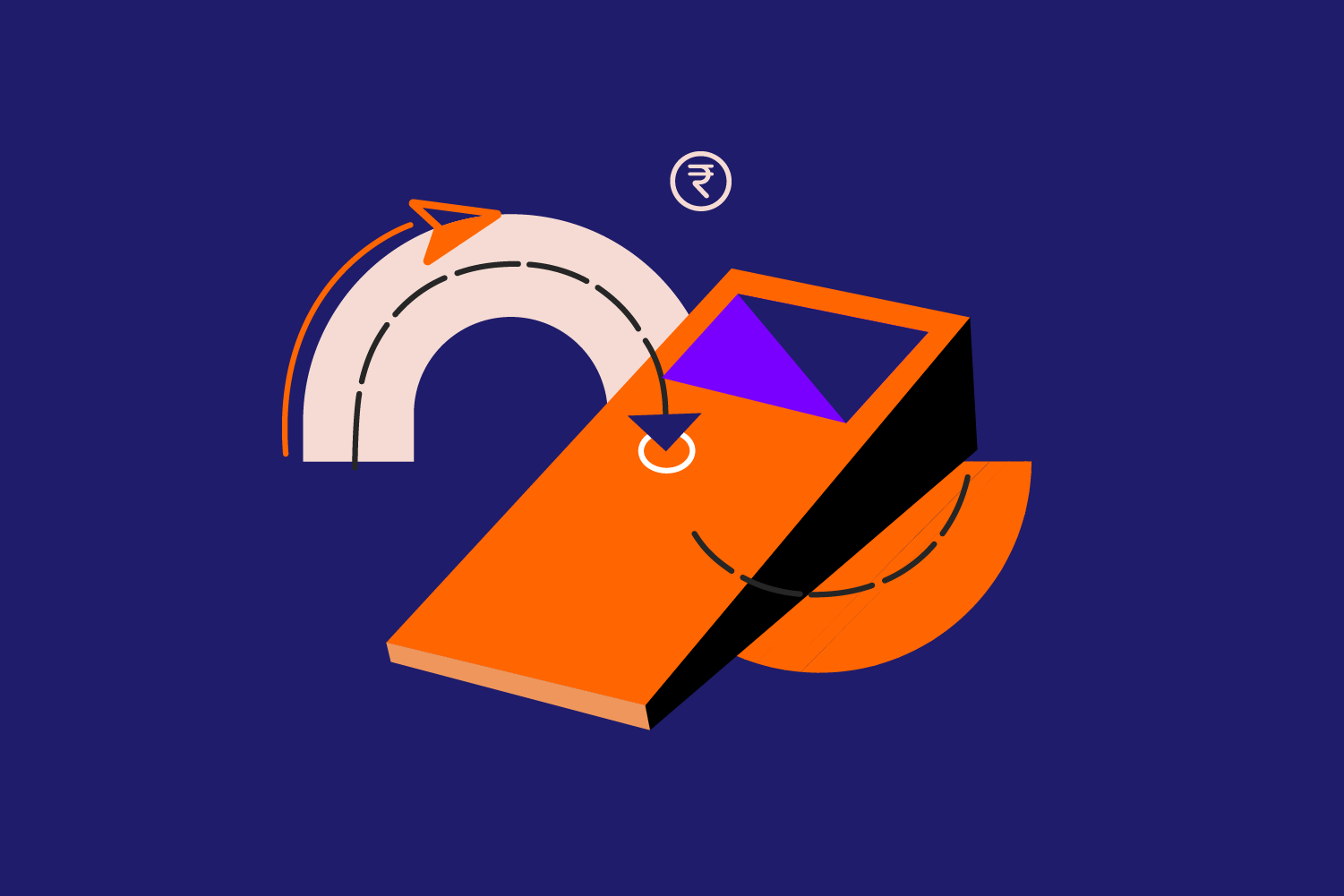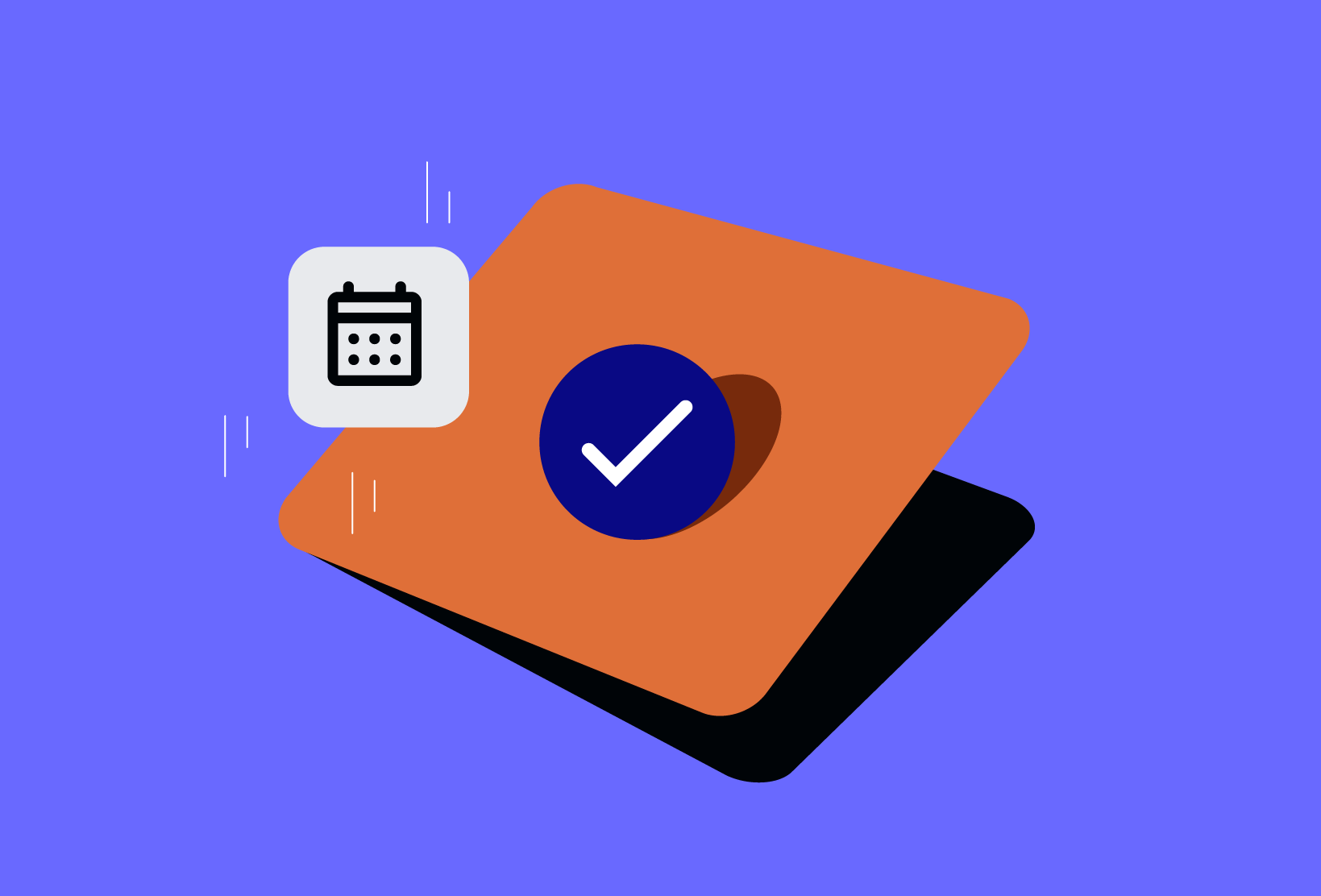With digital payments powering India’s fast-growing online economy, payment gateways have become essential for every business – from D2C brands to SaaS platforms. Yet, behind every successful transaction lies a small deduction that often goes unnoticed: the payment gateway fee.
This fee covers infrastructure, security, network, and compliance costs that enable secure, instant transfers from your customer’s account to your business account. Knowing how these charges are calculated helps you protect your margins and negotiate smarter rates.
Try It Yourself: Zwitch Payment Gateway Fee Calculator
Ever wondered how much your gateway actually costs you each month? Use this Payment Gateway charges calculator to find out 👇
Payment Gateway Fee Calculator
Estimate indicative payment gateway fees to support planning and decision making.
- Payment Gateway Fees – Domestic ₹0
- Payment Gateway Fees – International Cards ₹0
- GST @ 18% ₹0
- Total Payable (Fees + GST) ₹0
Disclaimer: These figures are indicative and not committed pricing. Promotions or negotiated programs may impact pricing. Please confirm commercials with your payment gateway provider.
Enter:
- Your monthly domestic and international transaction volumes
- Your respective fee rates (you can slide or type)
- Any additional custom categories (“Others”)
- Applicable GST rate
Get:
- Individual fee break-ups (domestic, international, others)
- GST amount
- Final total payable (Fees + GST)
💡 Tip: Experiment with different payment mixes. You’ll see how shifting more volume to UPI or low-cost rails can improve your net margin.
What Is a Payment Gateway Fee?
A payment gateway bridges your customer’s payment method (UPI, card, wallet, or net-banking) with your merchant account. Each time a transaction is processed, the gateway deducts a small percentage or flat fee before settlement, commonly referred to as the Transaction Discount Rate (TDR) or Merchant Discount Rate (MDR).
This amount can vary based on:
- Payment method (UPI vs. card)
- Transaction type (domestic vs. international)
- Gateway provider and plan
- Negotiated enterprise pricing
Understanding the Components of Payment Gateway Fees
| Component | Meaning | Typical Example |
| Setup / Integration Fee | One-time onboarding or API setup charge | ₹0–₹10,00,000 |
| Annual / Platform Fee | Fixed recurring cost for using the gateway | Often waived for startups |
| Per-Transaction Fee | Percentage or flat charge per successful transaction | 1.75 – 2.2 % (domestic) |
| Cross-Border / Currency Fee | Extra charge for foreign currency or cards | 3 – 4.5 % |
| Refund & Chargeback Fee | Fee per dispute or reversal | ₹100–₹500 per case |
| GST | Tax on gateway fees | 18% on total fees |
Typical Payment Gateway Charges in India
Most Indian payment gateways charge:
- 1.75 – 2.2 % + GST for domestic payments via cards, UPI, wallets, or net-banking
- 3 – 4.5 % + GST for international cards or cross-border transactions
- Nominal or zero fee for RuPay debit cards and select government-linked UPI incentives
Example:
If your business processes ₹1,00,000 in domestic transactions at 1.8%, the gateway charges about ₹1,800 + GST.
Why Your Effective Cost Can Be Higher
Even if your gateway advertises “1.75% per transaction,” your effective cost may vary due to:
- High share of premium or international cards
- Currency conversion markups
- Chargeback or refund fees
- Delayed settlement cycles (T+2/T+3)
- Hidden support or API usage charges
That’s where real-time fee estimation becomes critical.
Beyond Fees – What Else Matters
A low transaction rate is great, but the right gateway should also offer:
- Fast settlement options: Instant, same-day, T+1, or T+2
- High success rate: Minimise failed transactions that hurt conversion
- Multiple payment methods: UPI, cards, wallets, net-banking, and more
- Robust security: PCI DSS certified, tokenisation, fraud detection
- Transparent pricing: No hidden deductions or minimum commitments
- Responsive human support: Because businesses need answers in real time
Why Businesses Choose Zwitch Payment Gateway
Zwitch simplifies payments for modern businesses with:
- Flat, transparent pricing, no hidden fees
- 150 + payment options in one integration
- Same-day onboarding so you can start collecting instantly
- Flexible settlement cycles to fit your cash flow
- Real-time dashboard analytics for every transaction
Whether you’re an early-stage startup or a scaling enterprise, Zwitch helps you keep your payments seamless, secure, and cost-efficient.
Final Thoughts
Payment gateway fees may look small per transaction, but they can meaningfully impact your profits as you scale. By using the Zwitch Payment Gateway Fee Calculator, you get instant visibility into what you’re really paying, so you can optimise your payment mix, negotiate better rates, and grow sustainably.
Frequently Asked Questions
1. Are payment gateway fees negotiable?
Yes. As your monthly volume increases, you can negotiate lower rates or tiered pricing with most providers.
2. Does GST apply to the full transaction value?
No. GST is applied only to the gateway fee, not to your sales amount.
3. What is the difference between MDR and TDR?
They’re often used interchangeably. MDR refers to the merchant discount rate set by banks; TDR is the fee retained by the gateway per transaction.
4. How accurate are Zwitch’s Payment Gateway Fee Calculator results?
They’re indicative estimates based on your inputs and standard industry rates. Actual fees may vary by provider and contract terms.


